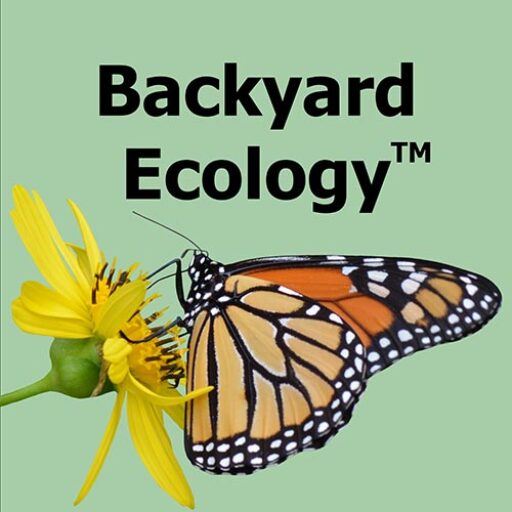Tag: Mammalian wildlife
-
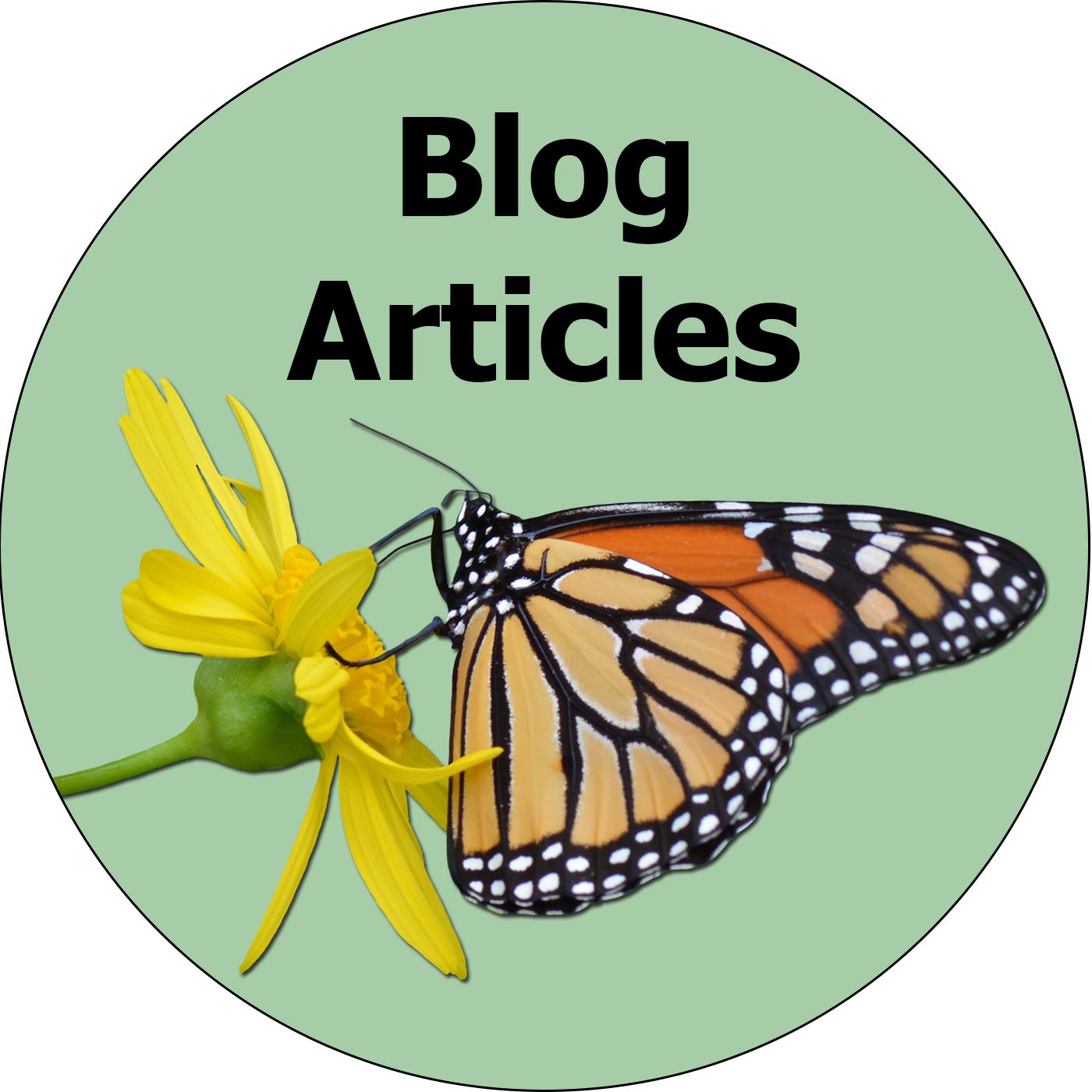
Top 10 Backyard Ecology Blog Articles: October 2022 – October 2023
in BlogA review of the top 10 Backyard Ecology blog articles published between October 2022 and October 2023 plus a bonus of the most viewed article of all time.
-
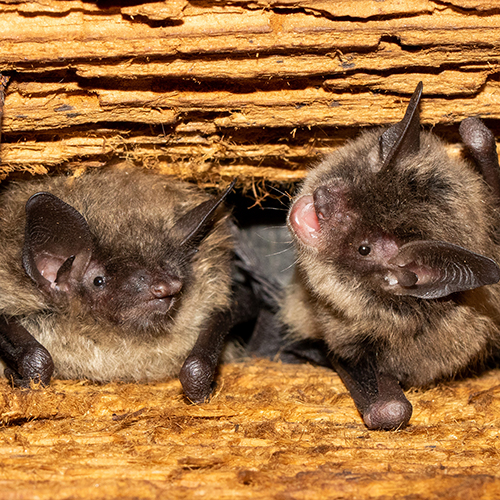
5 Things to Consider Before Buying or Putting Up a Bat Box
Bats are an important part of the ecosystem. In the eastern U.S., all of our bats are insectivorous which means that they eat insects. Many of the insects they eat are ones that we would consider pests. Unfortunately, populations of many of our bat species are declining for a variety of reasons. One of the…
-
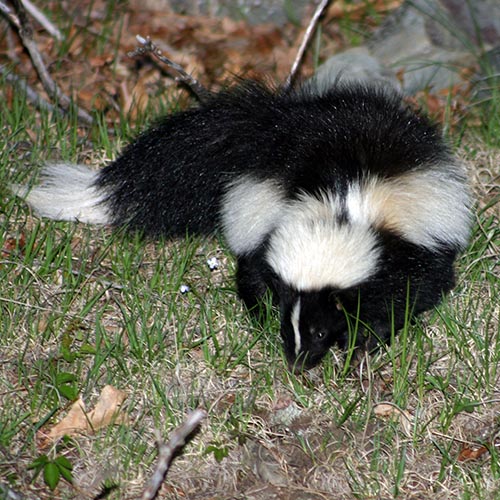
The Striped Skunk: A Common Visitor to Backyards
Overview Skunks may not be the first animal that pops into your mind for backyard wildlife, but they are common visitors to many yards. Because they are active at dusk and during the night, they often go unobserved. Despite their infamous defense mechanism, they don’t have a very strong smell unless they’ve been provoked. The…
-
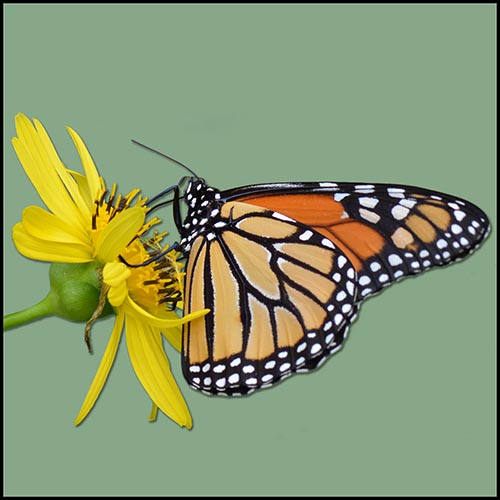
Top 10 Backyard Ecology Podcast Episodes in 2021
in PodcastThe first “real” episode of the Backyard Ecology podcast went live on December 3, 2020. (Technically that was episode 2, but I don’t count the introduction episode as a “real” episode because all I was doing was telling you that I was going to start the Backyard Ecology podcast.) This is episode 40, and we…
-

Bats and Bat Houses
in PodcastBats are often associated with Halloween and relegated to roles in scary movies, but they are so much more. Bats are very diverse and fascinating creatures that play an invaluable role in our ecosystem. I love the fact that more people seem to be recognizing this and wanting to do things like put up bat…
-
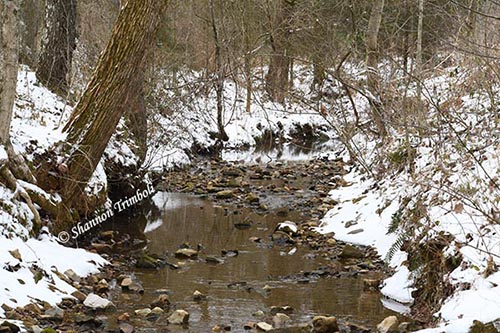
Nature-related Discoveries in My Yard and Community – February 2021
Wow! February went just a wee bit crazy, didn’t it? Within about a week and a half to two weeks we had three different winter storms. (For friends and family living further north, that’s a lot of wintery weather in a short time for us.) That was after a relatively mild January. The snow doesn’t…
-
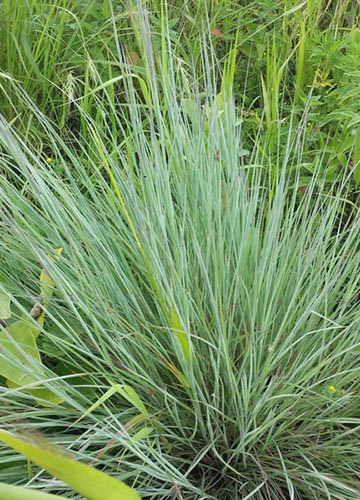
Little Bluestem: A Native Grass for Prairies and Gardens
Little bluestem (Schizachyrium scoparium) is native to the lower parts of Canada and almost the entire lower 48 states in the U.S. It can be found growing naturally in barrens, prairies, savannas, and open woodlands. Little bluestem prefers drier upland sites, but is occasionally found in lower moister areas, especially in some parts of its…
-
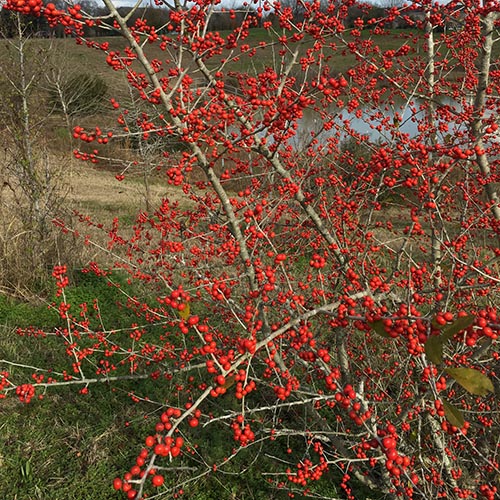
Possumhaw: A deciduous holly
Possumhaw (Ilex decidua) has many common names including deciduous holly, swamp holly, and prairie holly. It is also sometimes called winterberry, but be aware that “winterberry” is more commonly used in reference to Ilex verticillata, which is also a deciduous holly. To make things more complicated, Ilex verticillata is sometimes called “deciduous holly,” even though…
-
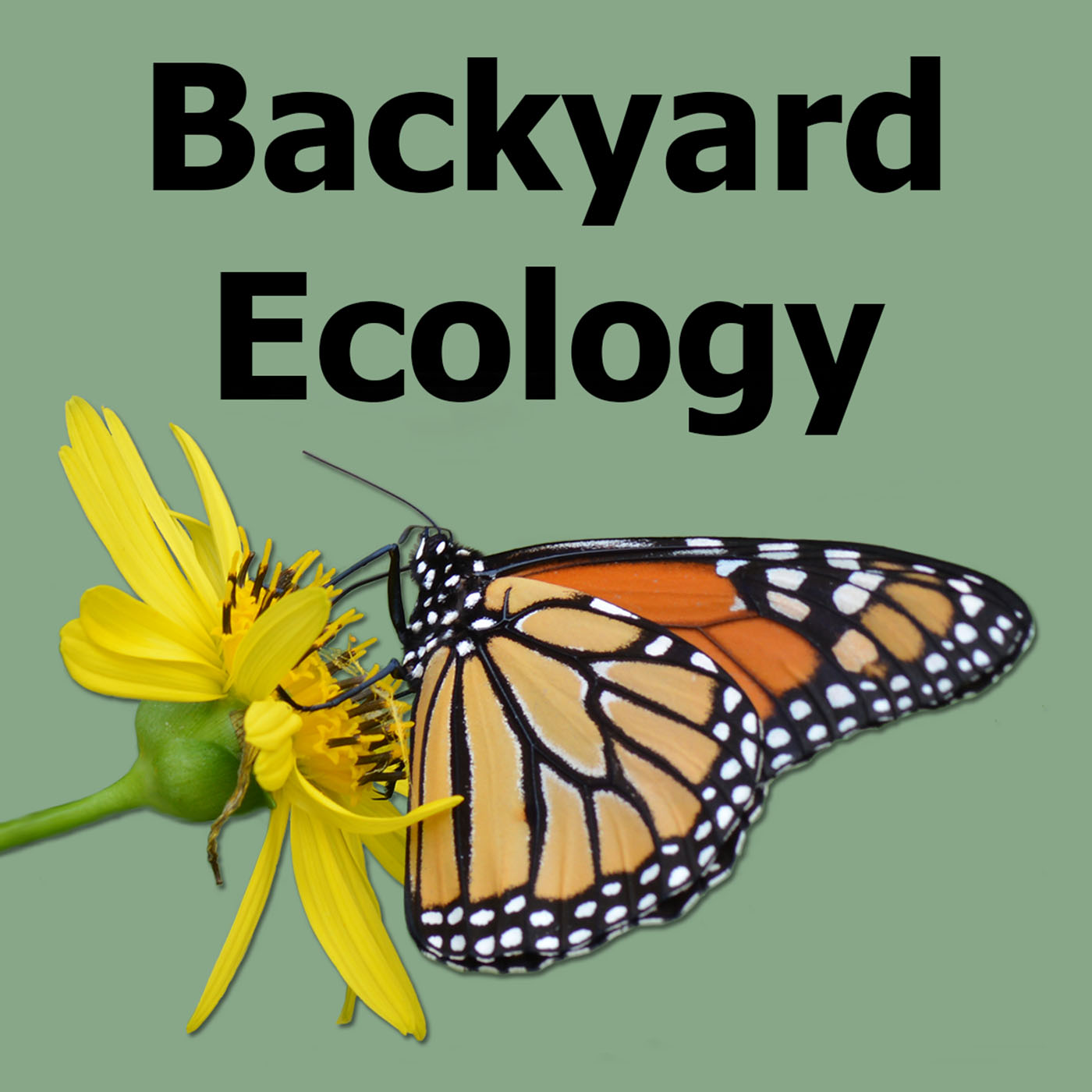
Announcing the Backyard Ecology Podcast
Over the last few months, I’ve been researching and working on a new project. Today I’m super excited to announce that I am launching a Backyard Ecology podcast! For those who might be wondering, a podcast is kind of like an audio version of a blog. I started listening to podcasts about a year and…
-
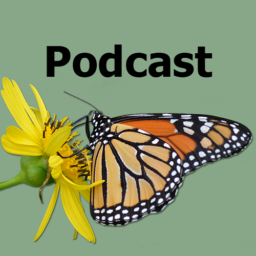
Introducing the Backyard Ecology podcast
in PodcastMany people believe that nature is only “out there” – in national parks, other large chunks of pristine land, or some far-off exotic place. For a long time, I did too. But the truth is that nature is everywhere and there are still plenty of discoveries to be made about the common species inhabiting our…
-
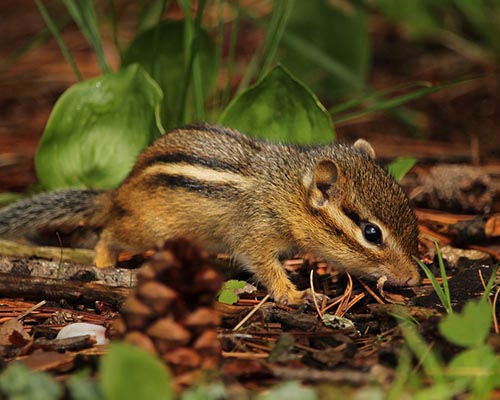
Discourage Squirrels and Chipmunks from Digging up Your Plants
in Take ActionIf you are a regular reader of this blog, then it is probably because you appreciate pollinators and wildlife and enjoy seeing them on your property. However, that doesn’t mean we can’t sometimes become frustrated with some of those same critters. At times like that, it’s important to learn how we can better understand and…
-
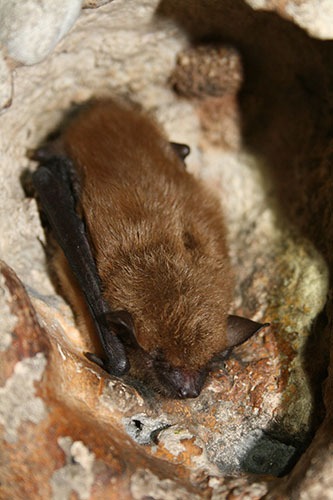
Big Brown Bat
The big brown bat (Eptesicus fuscus) is one of our largest bat species in Kentucky and the eastern U.S. It is slightly shorter than the length of a dollar bill. Its wingspan which is measured from the tip of one outstretched wing to the tip of the other outstretched wing is a little longer than…
-
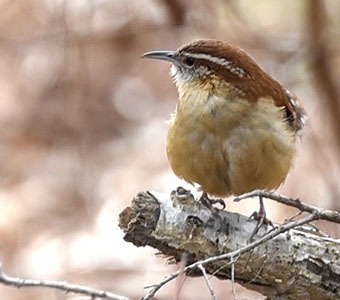
Create a Brush Pile
Brush piles can provide important habitat for songbirds, lizards, snakes, rabbits, and other small mammals. While brush piles are sometimes thought of as “ugly,” they don’t have to be. There are some beautiful, native flowering vines which can be encouraged to grow over the brush pile. The flowering vines are also likely to attract pollinators,…
-
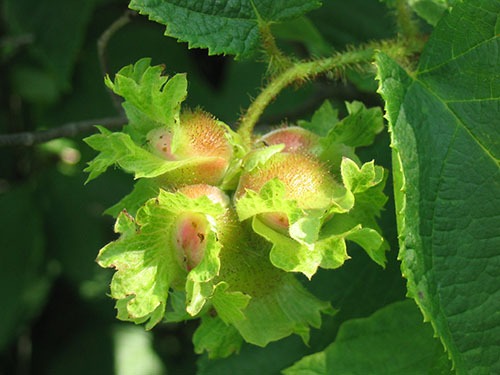
American Hazelnut
The American hazelnut (Corylus americana) is native throughout much of the eastern two thirds of the U.S. It grows in full sun to part shade, but produces more nuts in full sun, and will tolerate a wide variety of soils. This native shrub often forms multi-trunked thickets and can be 5-10 feet tall. American hazelnuts…
-
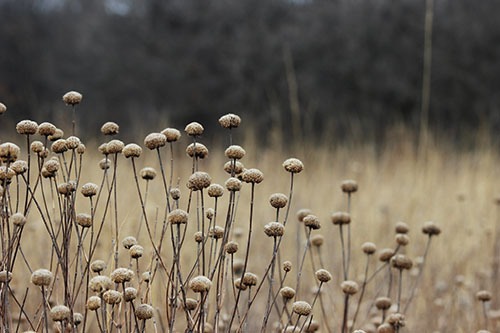
Only Mow Part of a Field Each Year
When mowing or bush hogging a field, only do approximately 1/2 to 1/3 of the field each year. This creates a more complex and multiple-aged habitat which benefits both wildlife and pollinators. For example, many of our butterflies will overwinter as a chrysalis attached to grass or flower stalks. Several of our native bees will…
-
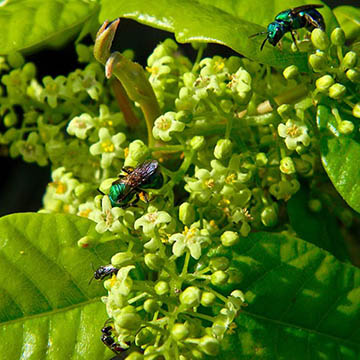
Poison Ivy
Poison ivy (Toxicodendron radicans) is a common and much-hated native plant that can be found throughout the eastern half of the continent. It seems to grow pretty much anywhere and the allergic reactions it can cause are infamous. However, no matter how much we may hate it, poison ivy plays an important role in the…
-

3 Ways to Turn Christmas Trees into Wildlife Habitat
This is the time of year when Christmas trees seem to be everywhere. After the Christmas season, many of those trees are hauled out to the curb to be hauled to the landfill. However, did you know that if you have a real Christmas tree that you can use it to create wildlife or fish…
-
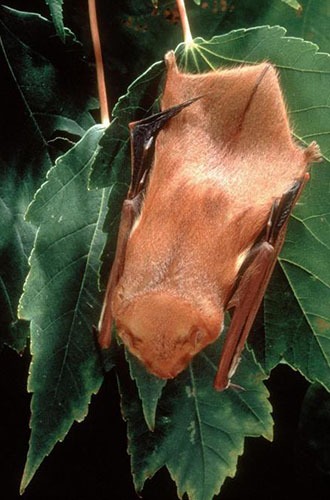
Red Bat
The eastern red bat (Lasiurus borealis) is a common bat throughout much of the eastern U.S. It is one of our larger bats at approximately 4-5 inches long. The wingspan of a red bat is between 11 and 13 inches or approximately twice the length of a dollar bill. As their name suggests, they are…
-
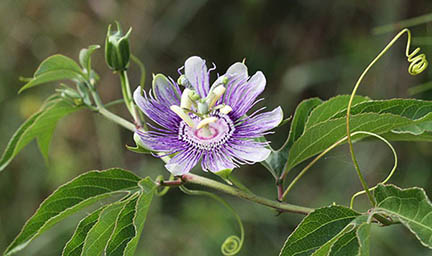
Passionflower
Passionflower (Passiflora incarnate) is a deciduous vine native to most of the eastern U.S. and a few states west of the Mississippi River. It is often found trailing along the ground or climbing up nearby vegetation in sunny areas. The passionflower is the state wildflower of Tennessee. In Kentucky, passionflower blooms from May through August. The…
-
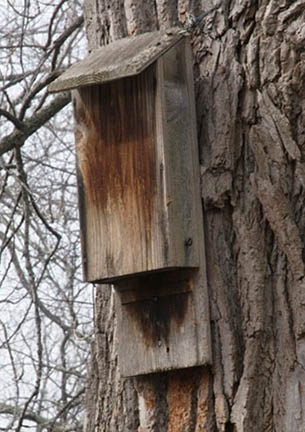
Install a Bat House
Bats play an important role in our ecosystem. Between 15 and 20 species of bats are regularly found in the eastern U.S., with a few other species showing up occasionally. All of the bats that live in the eastern U.S. are insectivores which means they eat insects. In other parts of the country and world,…
-
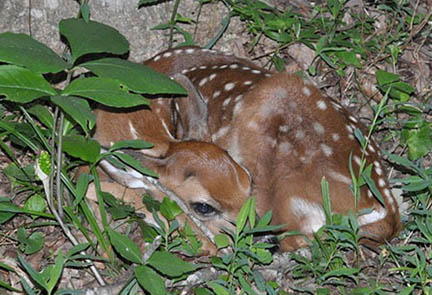
White-tailed Deer
White-tailed deer are native to much of the U.S. In pre-settlement times they were very common throughout the eastern U.S. However, several factors such as habitat loss, unrestricted hunting, and predation or harassment by dogs, caused the population to decline drastically. By 1894, the white-tailed deer population in Kentucky was so low that a law…
-
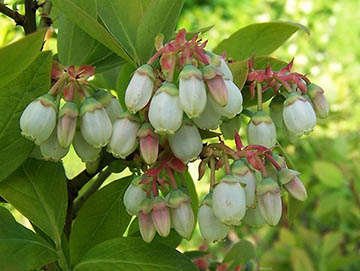
Highbush Blueberry
The highbush blueberry (Vaccinium corymbosum) is a native to many parts of the eastern U.S. including Kentucky. It is a tall shrub that can be found growing in sunny locations that typically have relatively moist, but well drained, acidic soil. The highbush blueberry is also planted extensively outside of its native range because the blueberry…
-
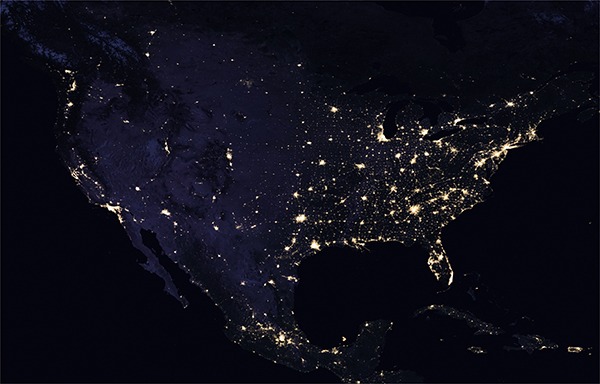
Turn Unneeded Lights Off at Night
Most of us probably don’t realize just how busy the nightlife can be from an animal’s perspective. Just because the sun goes down and people tend to migrate inside our well-lit homes, doesn’t mean that wildlife and pollinators do the same thing. Some species will curl up inside their homes to sleep, but many others…
-
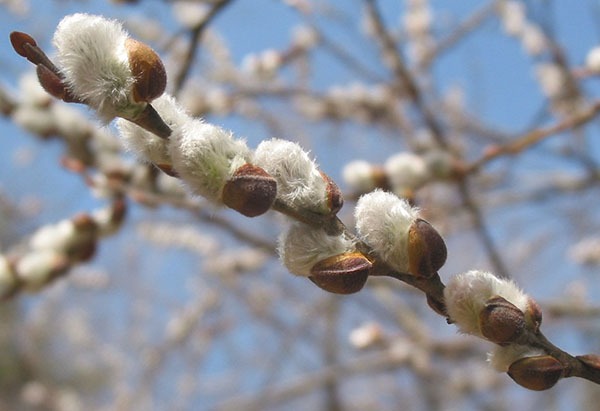
Pussy Willow
Different species of willow can be found throughout much of the Northern Hemisphere. There are several species native to Kentucky and several exotic species can be found growing as ornamentals. The pussy willow (Salix discolor) is perhaps our most familiar native willow, even though it is not Kentucky’s most common native willow. In addition to…
-
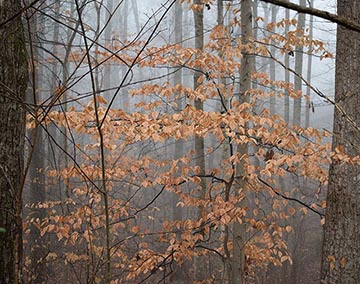
American Beech
The American beech (Fagus grandifolia) is a tall, deciduous tree that is native to the eastern U.S. It is the only beech tree native to North America. Other beech species are native to Europe and are sometimes planted as ornamentals. However, when most people in the eastern U.S. talk about beeches they are referring to…
-
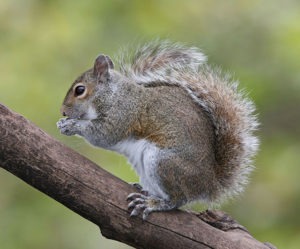
Gray Squirrels
Of the three species of squirrels that can be found in Kentucky, the gray squirrel (Sciurus carolinensis) is the most common. Gray squirrels are native to most of the eastern U.S. They have also been introduced to parts of the western U.S. and several European countries. In locations where gray squirrels have been introduced, they…
-
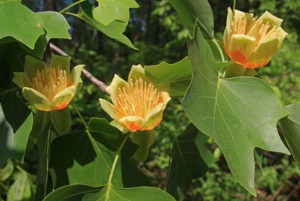
Tulip poplars – A source of abundant nectar and pollen for Kentucky pollinators
The tulip poplar (Liriodendron tulipifera), a.k.a. yellow poplar, tulip tree, or tulip magnolia, is a common and important part of our forests. Despite the name, tulip poplars aren’t poplars. Instead, the tulip poplar is in the magnolia family and is part of a genus that only has two species – the other species is found…
